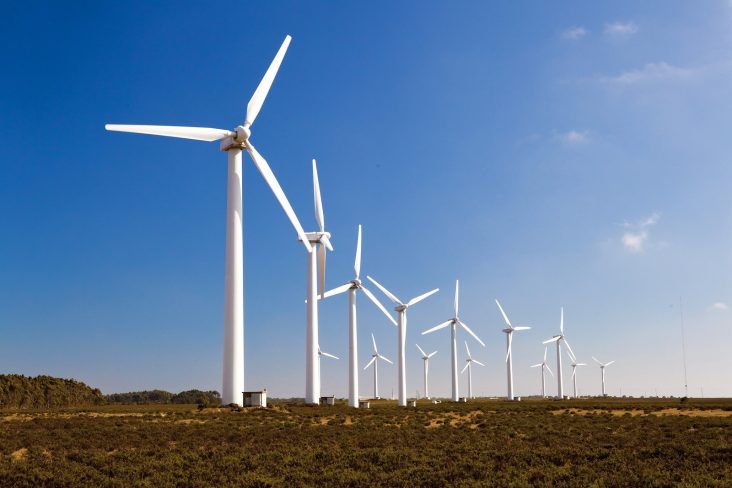Wind to surpass hydro as largest renewable energy source
by January 24, 2018 4:50 pm 379 views

Wind-turbines farm generating clean power energy
Hydroelectric power has historically provided the largest share of U.S. renewable energy, but in 2019, wind is expected to surpass hydroelectric power as the largest provider of renewable energy, according to the U.S. Energy Information Administration. In 2019, hydroelectric power is expected to comprise of 6.6% of total utility-scale power generation, while wind will provide 6.9%.
However, whether this comes to pass will depend on the amount of rain and water runoff in 2018 and 2019 as few new hydroelectric plants are expected to come online over the next two years. Wind is also impacted by the weather, but its expected energy output is more dependent on the timing and capacity of new wind turbines that come online. A greater amount of hydroelectric power is generated in the spring when rainfall and melting snow pack increase water runoff. Wind generation is usually greater in the spring and fall, as a result of changing wind patterns in the United States.
“Hydro often has slightly higher annual capacity factors, or utilization rates, averaging 38% in 2016 compared with wind’s 35%,” according to the EIA. In 2017, hydroelectric power provided 7.4% of total utility-scale generation in relatively wet year. Wind provided 6.3% in 2017 and is expected to provide 6.4% in 2018. Hydro is projected to provide 6.5% in 2018.
Significant levels of wind capacity are expected to come online in 2018 and 2019, increasing by 8.3 gigawatts and 8 gigawatts, respectively, according to the EIA. If they come online as planned, the projects would increase utility-scale wind capacity by 9% in 2018 and 8% in 2019.
